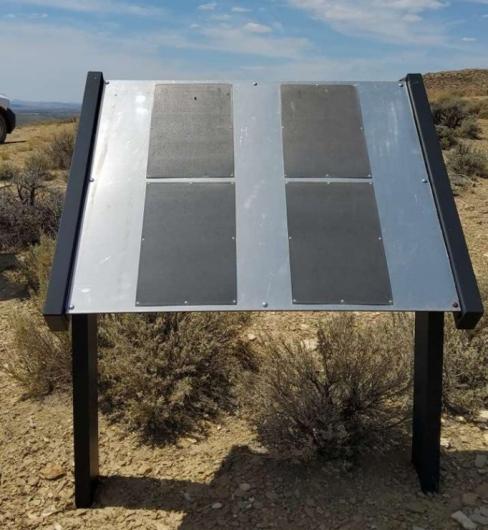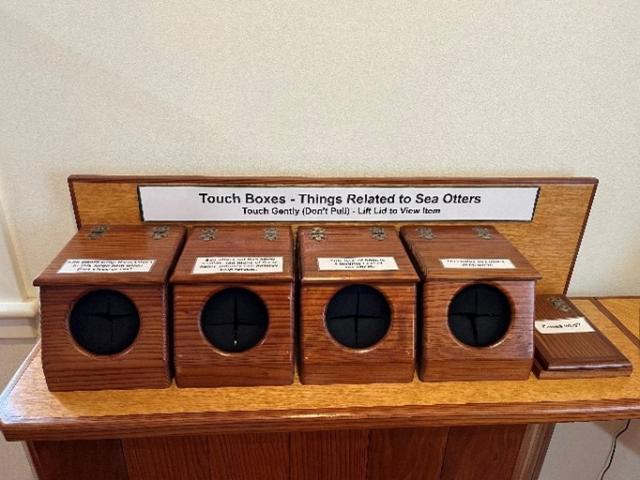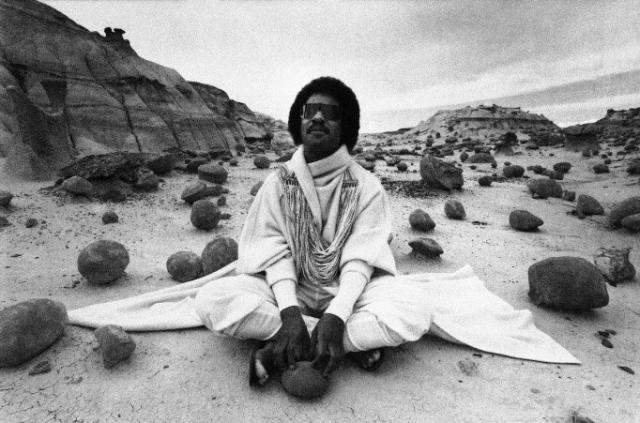Related Stories
- Progress on Public Lands: BLM 2025 Trump Administration Accomplishments | January 20 - December 31, 2025
- Popular posts: BLM's most viewed blogs of 2025
- Take a First Day Hike on Your Public Lands
- Using science to uncover mysteries of the Mesa archaeological site in Alaska
- “Where did my horse come from?” BLM launches a new way for adopters, trainers and others to learn about their wild horses and burros
Office
1849 C Street NW
Washington, DC 20240
United States



